| Sorted by date | |||
Messagefrom General CriticsThat is interesting.
The current image and position of these prime icons of modern architecture were more created by these discussions and media afterwards. But what is : ... merely that "built objects" from just one component within a larger network of "architectural phenomena."? the example of Jewish Museum in Berlin , does it try to explain that the "new event" flushes the container of topics by people?
|
|||
|
|
|||
|
|
|||
Messagefrom General Criticssubsequent commentary
随后的评论 touchstone[´tʌtʃstəun, ´tʌtʃ.stəun] n. 试金石, 检验标准 a basis for comparison; a reference point against which other things can be evaluated transmission n. 传输, 传播, 播送, 变速器 the act of sending a message; causing a message to be transmitted outweigh [aut´wei] v. 比 ... 重要, 比 ... 有价值 weigh more heavily embodiment [im´bɔdimənt] n. 化身, 体现 a concrete representation of an otherwise nebulous concept realm [relm] n. 领域 a domain in which something is dominant prime [praim] adj. 最好的, 首要的, 典型的 disenchantment [.disin´tʃɑ:ntmənt] n. 失望, 不抱幻想 freeing from false belief or illusions transience [´trænʃəns] n. 稍纵即逝 an impermanence that suggests the inevitability of ending or dying collision [kə´liʒən] n. 碰撞, 冲突 a conflict of opposed ideas or attitudes or goals polemical [pə´lemikəl] adj. 辩论的, 争论的, 争议的 of or involving dispute or controversy
|
|||
|
|||
|
|
|||
page002from Building Ideasyear along with the other temporary structures. From a set of black and white photographs – some carefully retouched for effect – the building became know across the world through publications on modern architecture. Nearly all subsequent commentary on this “touchstone” of modernity was made by those who had never seen the building, except in these much reproduced photographs.
A similar process has taken place in the spread of foreign influences in America, such as Frank Lloyd Wright’s famous inspiration by the architecture of Japan, after seeing the Ho-O-Den pavilion in Chicago at the 1893 World’s Fair. From the 1932 MOMA show called “the International Style” to the same museum’s 1988 exhibition on “Deconstructivist Architecture” – both of which have had a huge impact on the production of architecture in North America – the influence of other media on the transmission of architectural ideas can often far outweigh that of the experience of the buildings themselves. Whether in books, films or exhibitions, or as part of a general cultural debate, architectural concepts exist on a plane distinct from their embodiment particular buildings. This is not to say that the two realms can ever be separated from each other, merely that “built objects” from just one component within a larger network of “architectural phenomena.” Daniel Libeskind’s design for the Jewish Museum in Berlin is a prime example of the reputation of a building preceding its construction by several years. So many publications have presented this project at various stages during its completion that, like the Barcelona Pavilion, it has taken on a life of its own through drawings and photographs. This situation can lead to a disenchantment with the apparent transience of our “media society”, such as implied by Jean Baudrillard’s book entitled The Gulf War Did Not Take Place, where he suggested that the “new event” had become more important than reality. A more positive understanding of this new fluency of ideas would accept that the media event is also a valid component of reality. Likewise, in architecture this idea is an important factor in our understanding, which is always the result of a “collision” between imagination and experience. The publication of polemical projects has also increased rapidly in
|
|||
|
|
|||
Messagefrom General Criticsprecede [pri:´si:d]
在 ... 之前, 先于 be earlier in time; go back further dissemination [di.semi´neiʃən, di.semə´neiʃən] 传播, 宣传, 传染 the act of dispersing or diffusing something polychrome[´pɔlikrəum, ´pɔli.krəum] adj. 多色的, 彩饰的 having or exhibiting many colors
|
|||
|
|||
|
|
|||
|
|||
|
|
 ... ...
... ... ... ...
... ... ... ...
... ... ... ...
... ...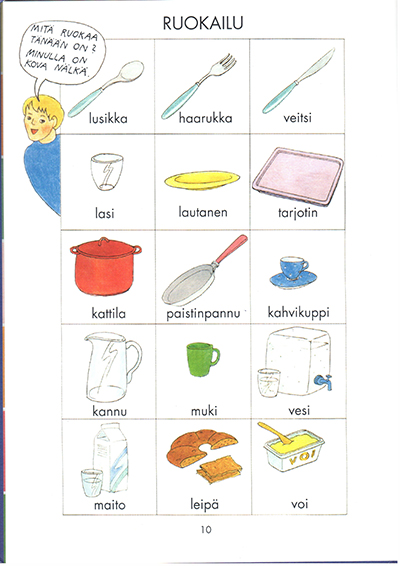 ... ...
... ... ... ...
... ... ... ...
... ... ... ...
... ... ... ...
... ...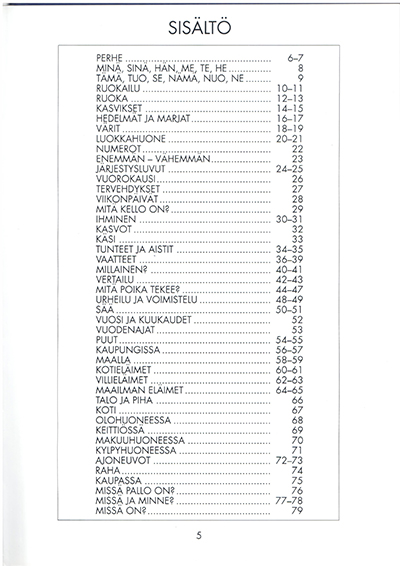 ... ...
... ... ... ...
... ... ... ...
... ...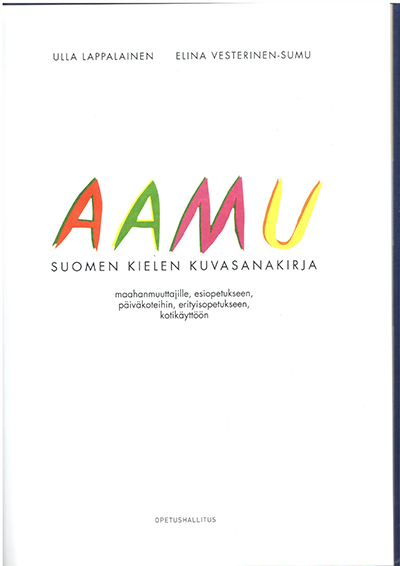 ... ...
... ...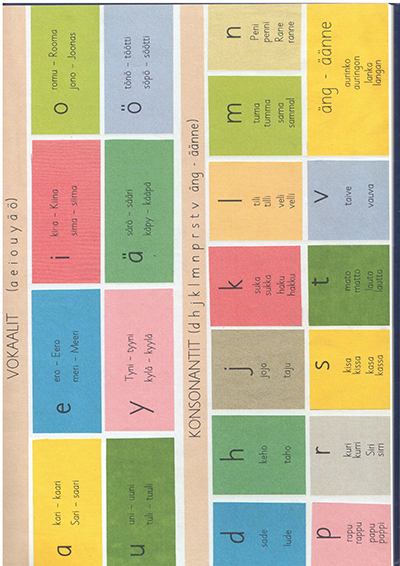 ... ...
... ...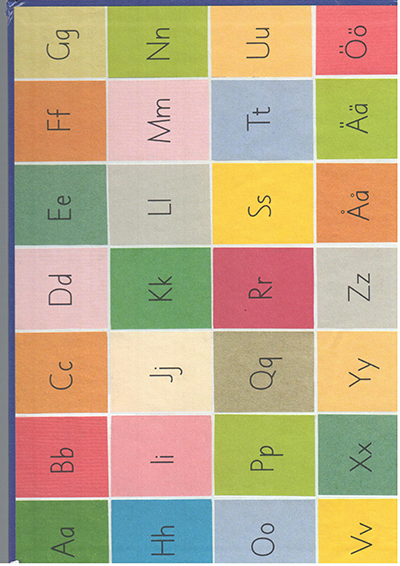 ... ...
... ...